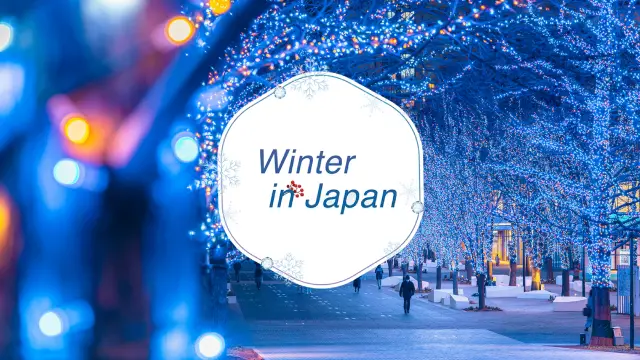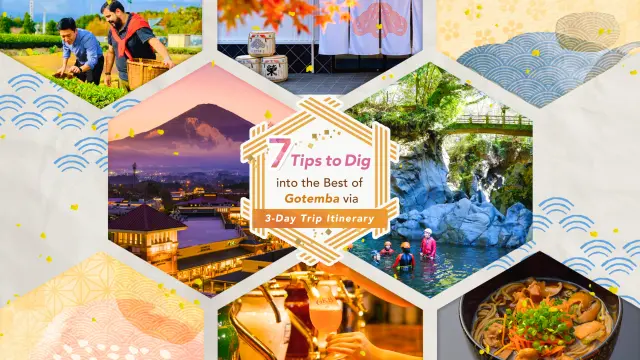A shrine with a long history, founded in 1627 by a divine revelation. It is the largest Hachiman shrine in the Edo period and is still popularly known as the "Hachiman Shrine of Fukagawa”. There are 17 branch shrines in the precincts of the shrine, which are said to be beneficial for money luck, luck in winning games, and marriage.
The Fukagawa Hachiman Festival, held every year on August 15, is famous as one of the three major festivals in the Edo period, along with the Sanno Festival at Hie Shrine in Akasaka and the Kanda Festival at Kanda Myojin, and the main festival held every three years, with over 50 portable shrines parading through the streets is a sight to behold.
It is also the birthplace of Kanshin Sumo, the origin of today's sumo, and the main tournament was held in the precincts of the temple for about 100 years starting in 1684. For this reason, there are many stone monuments related to sumo, including a monument to yokozuna wrestlers, a monument to ozeki wrestlers, and a monument to wrestlers' hand and footprints.
Ino Tadataka, the first person to make a map of Japan, visited this shrine whenever he went on a surveying trip, and a bronze statue of Ino Tadataka stands next to the main torii gate on the shrine grounds. For this reason, Tomioka Hachimangu Shrine is also said to have the blessings of travel safety.
Other attractions include a museum displaying old postcards and photographs, and Japan's largest golden portable shrine, which is 4.4 meters in height and weighs 4.5 tons. On the 1st, 15th, and 28th of every month, a fair is held, with many stalls lined up around Monzennakacho Station.
Highlights
-
Being the largest Hachiman shrine in the Edo period, it is called the "Hachiman Shrine of Fukagawa.
-
The Fukagawa Hachiman Festival, one of the three major festivals in Edo, is held here.
-
This is the birthplace of sumo, and there are many stone monuments related to sumo.
-
The golden mikoshi (portable shrine) there is the largest in Japan, being 4.4 meters in height and weighing 4.5 tons.































